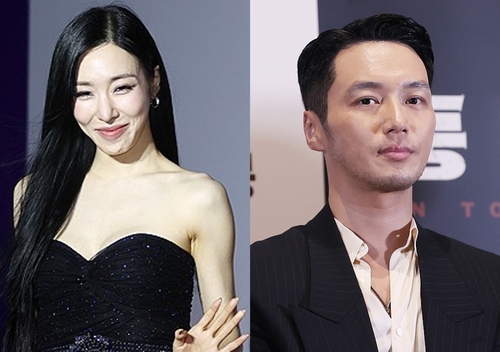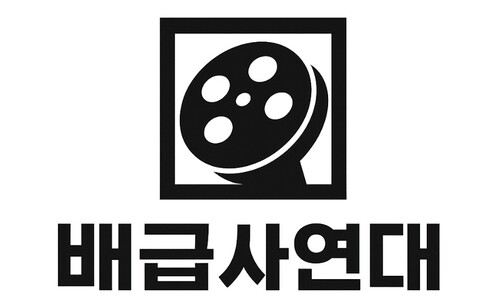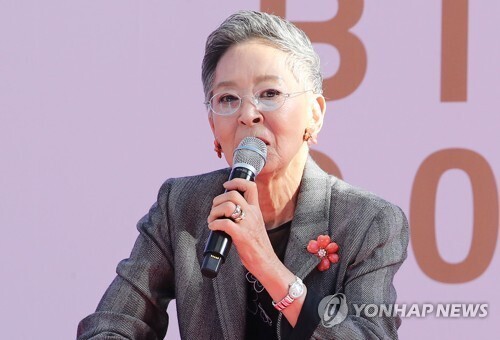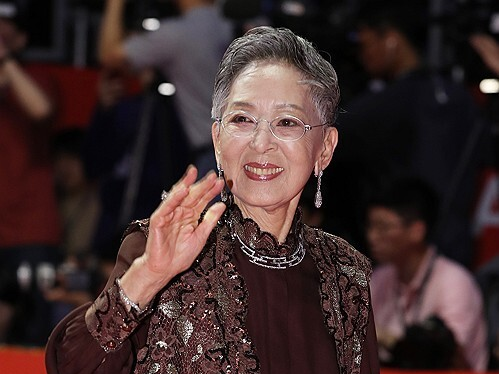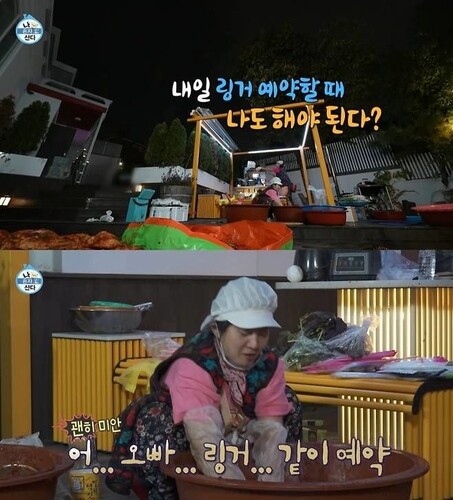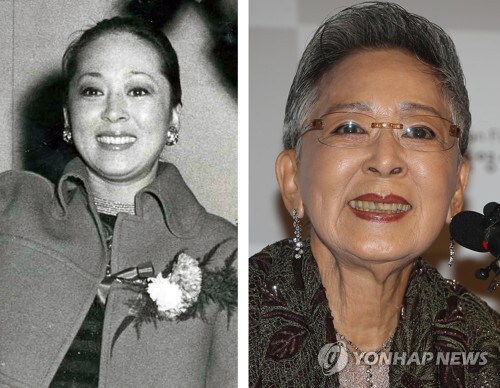 |
| ▲This photo provided by Cultural Heritage Administration show 'The Sarira Reliquaries of the West Pagoda at the Mireuksa Temple Site, Iksan' being discovered. (PHOTO NOT FOR SALE) (Yonhap) |
 |
| ▲This photo provided by Cultural Heritage Administration show 'The Sarira Reliquaries of the West Pagoda at the Mireuksa Temple Site, Iksan' being discovered. (PHOTO NOT FOR SALE) (Yonhap) |
 |
| ▲This photo provided by Cultural Heritage Administration show Lee Bong-chang and his oath. (PHOTO NOT FOR SALE) (Yonhap) |
 |
| ▲This photo provided by Cultural Heritage Administration show 'The Sarira Reliquaries of the West Pagoda at the Mireuksa Temple Site, Iksan' being discovered. (PHOTO NOT FOR SALE) (Yonhap) |
SEOUL December 27 (Yonhap) -- “The Sarira Reliquaries of the West Pagoda at the Mireuksa Temple Site, Iksan” widely known as the a staple heritage which has unfolded the history of development of Mireuksa located in Northern Jeolla province and considered as the essence of the Baekje dynasty craftsmanship has become South Korean national treasure.
The Cultural Heritage Administration addressed on Tuesday that “The Sarira Reliquaries of the West Pagoda at the Mireuksa Temple Site, Iksan” has successfully become the National Treasure.
Sarira Reliquaries is often placed with Sarira inside the pagoda, as an offering.
The “Sarira Reliquaries of the West Pagoda at the Mireuksa Temple Site in Iksan” which consists of 9 pieces, starting with a gilt-bronze outer sarira jar, a gold inner sarira jar, precious beads and other offerings and more was found in 2009 inside the base and the Sarira Shrine made inside the core pillar of the West Pagoda at the Mireuksa Temple Site in Iksan.
The thin gold plaque which consists of 193 Chinese characters arranged in 11 rows attracted a lot attention due to its uniqueness.
According the recorded data, the queen of Baekje Dynasty who is a daughter of the Sataekjeokdeok who is a high ranking official, Jwapyeong, donated catastrophic amount of money to construct the Buddhist temple in Year 639, also known as Gihae, and the enshrinement of the Buddha’s relic in the temple. This information drew a lot of attention from the academia.
Based on the Heritage of the Three States, one who constructed the Mireuksa Temple was Mu of Baekje and his queen, also known as Princess Seonhwa of Silla, daughter of Jinpyeong from Silla Dynasty, however, according to the writing found on “The Sarira Reliquaries of the West Pagoda at the Mireuksa Temple Site, Iksan” queen was addressed as the daughter of Sataekjeokdeok.
Both of the gold inner sarira jar and a gilt-bronze outer sarira jar from the temple site of Mireuksa are designed to twist the central part of the body. Jars exhibit a voluminous stable body with curves which showcases intricate design.
Another discovery made at the Mireuksa Temple site includes six pieces of bronze lidded cases. One of the case had inscription of Dalsol Mokgeun which indicates a high ranked official of Baekje dynasty. Dalsol indicates the type of title government officials from Baekjae dynasty had, therefore Dalsol Mokgeun indicates the title Dalsol awarded by a person named Mokgeun.
Cultural Heritage Administration puts emphasis on “The Sarira Reliquaries of the West Pagoda at the Mireuksa Temple Site, Iksan” because it was discovered in one piece as it was originally sealed off. Additionally, it is a valuable proof of gold craftsmanship from early 7th century, addressed Cultural Heritage Administration.
On top of “The Sarira Reliquaries of the West Pagoda at the Mireuksa Temple Site, Iksan” Cultural Heritage Administration, appointed the “oath of Lee Bong-chang” and five other heritages as treasure.
The “Oath written by Lee Bong-chang” includes his rebellious set of mind against Japanese government during the Japanese colonial period where Lee Bong-chang joined the rebellion group “Patriots of Korea” as a first member on December 13 in 1913.
The oath includes lines such as “I swear an oath that in order to protect the freedom of my country, I have joined 'Patriots of Korea' to kill the Japanese who are ruling over our country.” This oath serves as an important evidence to Lee Bong-chang’s engagement to South Korean freedom fighting movement during the Japanese colonial period.
The oath written by Lee Bong-chang represents the historical era where South Koreans gathered together to fight against the government throughout the Japanese colonial period.
(This article is translated from Korean to English by Joonha Yoo)
(END)
(C) Yonhap News Agency. All Rights Reserved













